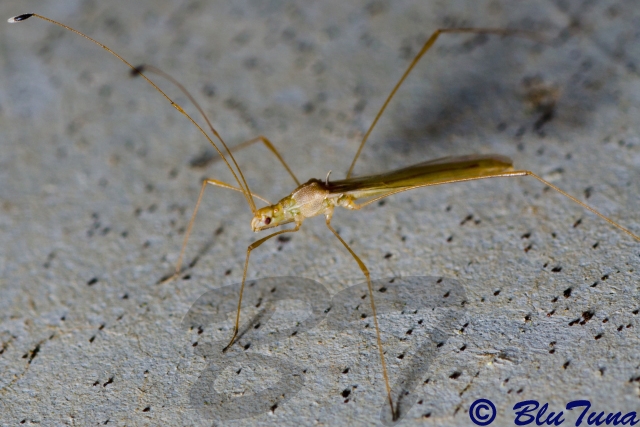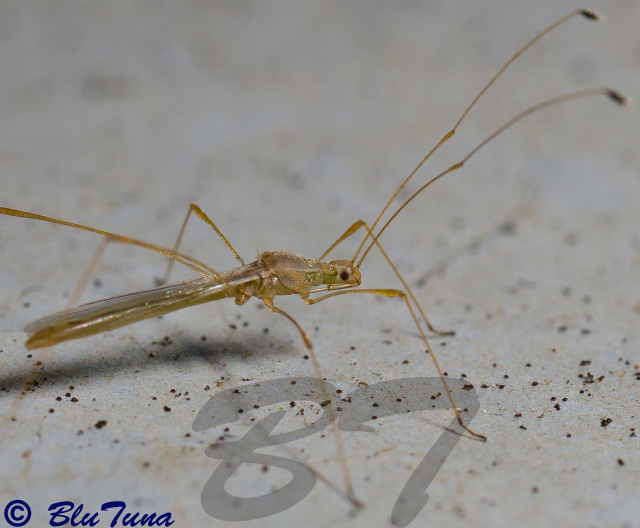Family Notonectidae (Backswimmers)
Notonectidae is a cosmopolitan family of aquatic insects, commonly called backswimmers because they swim upside down. They are small to medium-sized (body length 4-12 mm) voracious predators. Unlike corixids, they orientate with the convex and keel-shaped underside facing upwards. They swim using the fringed hind legs.
They trap air in pockets in the abdomen and can stay submerged for up to six hours. These aquatic insects typically spend their time at the water's surface, using their abdomen and legs to cling to the underside of the surface tension. They are all aquatic predators, up to nearly 2 cm in size. Their dorsum convex is light colored without cross striations. Their front tarsi are not scoop-shaped and their hind legs are fringed for swimming. Backswimmers are predators and attack prey as large as tadpoles and small fish. They inhabit still freshwater, e.g. lakes, pools, marshes, and are sometimes found in garden ponds and swimming pools. Although primarily aquatic, they can fly well and so can disperse easily to new habitats. Often found in groups, in shaded positions in slow-flowing or stagnant water, facing at a gentle angle downwards. Dive if disturbed, but can also leap out of the water and fly away.
There are two subfamilies, Notonectinae and Anisopinae, each containing four genera. Individuals that are in the subfamily Notonectinae are distinguishable from their Anisopinae relatives by their 4-segmented beak and antennae. Insects from the subfamily Notonectinae are also larger, approximately 10–16 mm in length.
The most common genus of backswimmers is Notonecta - streamlined, deep-bodied bugs up to 16 mm long, green, brown or yellowish in colour. As the common name indicates, these aquatic insects swim on their backs, vigorously paddling with their long, hair-fringed hind legs.
Enithares backswimmers are medium-sized (body length 12 mm), robust, with dark red eyes, white thorax, and grey wings. Body broadest at head, tapering towards end. Underside uniformly dark brown.
Common backswimmers of the genus Anisops are mostly medium-sized (body length 11 mm), parallel-sided and slender, with triangular orange scutellum.
Links:
The Backswimmers (Hemiptera- Notonectidae) of South Africa
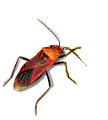



 © BluTuna
© BluTuna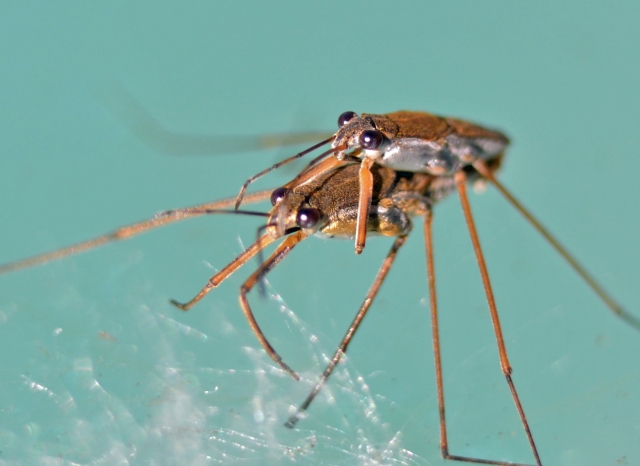 © BluTuna
© BluTuna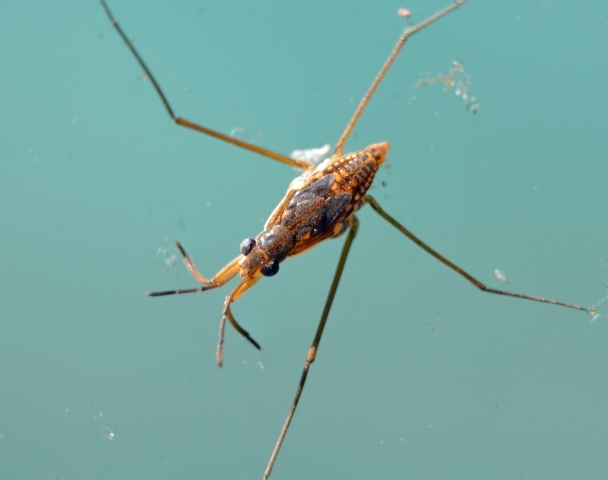 © BluTuna
© BluTuna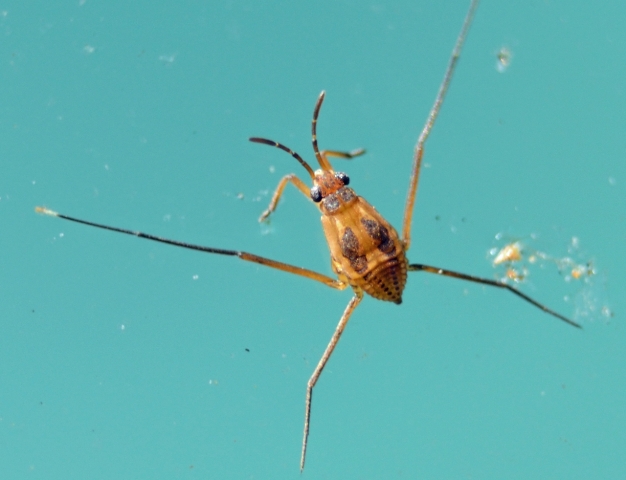 © BluTuna
© BluTuna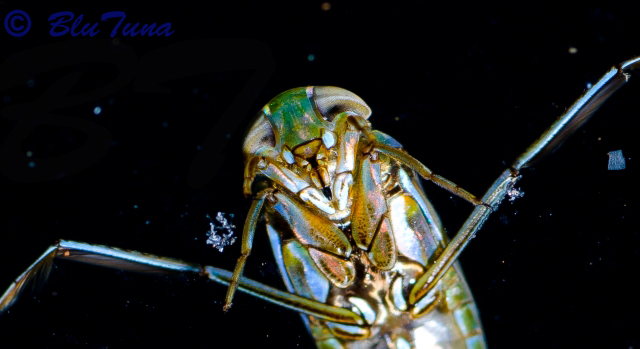 © BluTuna
© BluTuna © BluTuna
© BluTuna